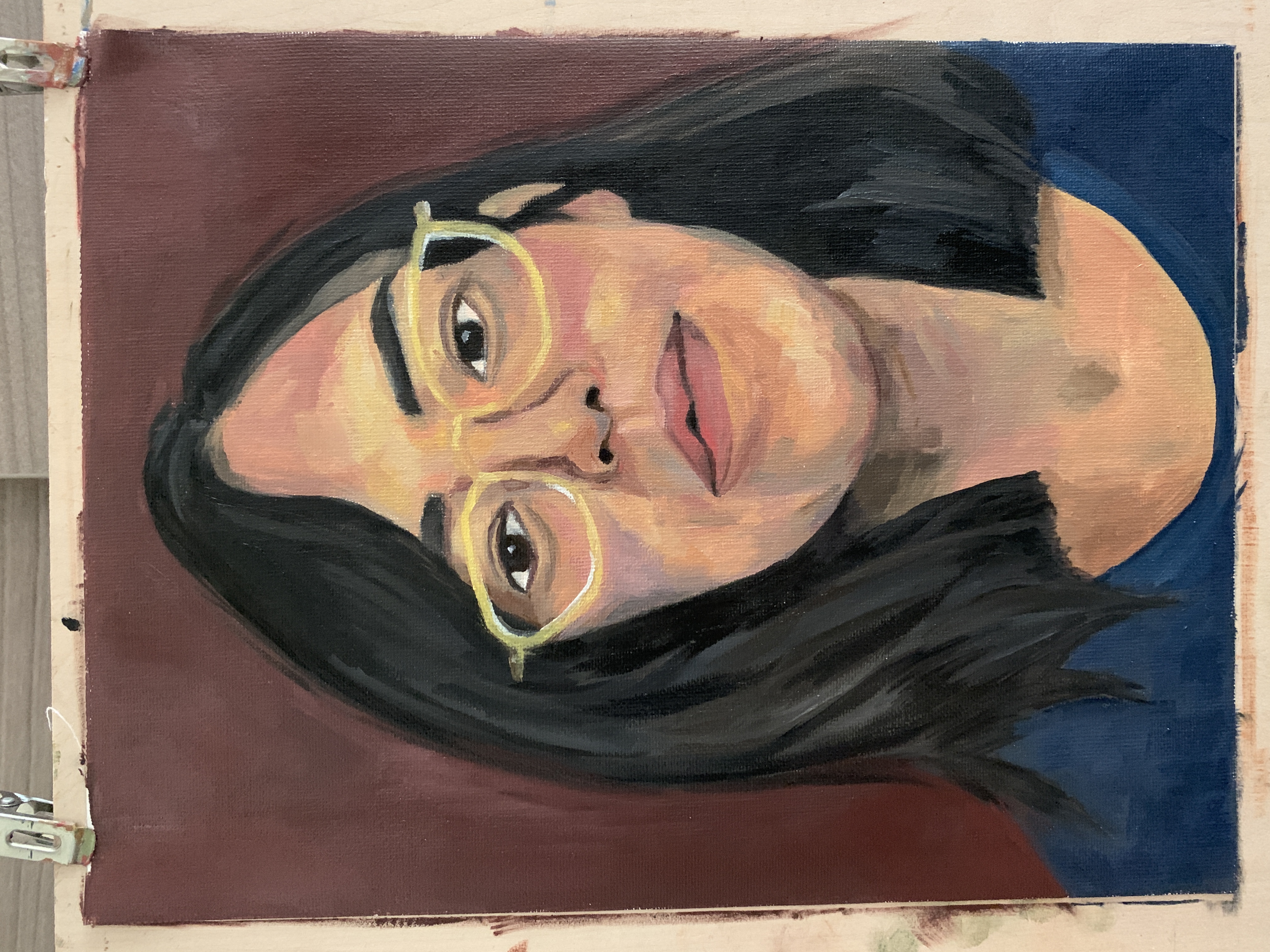The Art of Precision: My Encounter with the Loomis Method
- Sok Han Teng
- Sep 3, 2023
- 3 min read
Updated: Apr 30
Everyone who has known me since I was young knows that I have an affinity for drawing faces. As I transitioned from drawing cartoon characters to real humans, I encountered some challenges, especially when it came to capturing accurate perspectives. But then, I discovered the Loomis Method, and it completely transformed my approach to portrait art.
My artistic journey began at a young age, but I never really adhered to a specific method. I would sketch faces without a structured approach. While this free-spirited approach allowed me to experiment and develop my own style, it also left me stagnant without much improvement.
One of the most significant challenges I faced was capturing accurate perspectives when drawing faces. I would sometimes make mistakes, leading the portraits to end up looking distorted, disproportionate, or peculiar. While these mistakes may not have been immediately obvious to the casual observer, professional artists could easily spot them.
I wasn't satisfied with my drawings, and I knew that learning new methods was essential to overcome the constant roadblocks in my artistic growth.

A Life-Saving Method
My breakthrough came when I stumbled upon the Loomis Method. I must admit that, at first, the Loomis method appeared intimidating due to the level of detail it required. The various lines and sections on facial anatomy also seem overwhelming, especially for those who prefer a more intuitive or loose drawing style. It was a steep learning curve but I accepted the challenge.

At the same time, I also felt fortunate because I wasn't entirely a beginner in drawing face. This prior experience helped me grasp the essence of the Loomis method.
Developed by the legendary artist Andrew Loomis, the Loomis method is a step-by-step approach to drawing the human head and face. It emphasizes a deep understanding of the underlying skull structure and the various planes and features of the face. Additionally, it provides clear guidelines that artists can follow to ensure they maintain the correct shape and ratio of facial features.
Identify the Skull Underneath the Face from Different Angles
One of the most valuable aspects of the Loomis Method is its emphasis on understanding the underlying structure of the human head. By learning to identify the skull underneath the face and how it changes from various angles, I gained a deeper appreciation for the complexity of facial anatomy. This understanding allowed me to draw faces with more confidence and accuracy.

Traceable Mistakes
As I continued to practice the Loomis Method, faces that once seemed elusive and challenging to capture became more accessible. The guidelines and principles I had learned helped me avoid common mistakes and allowed me to make corrections when needed. I no longer felt lost in the midst of a drawing; instead, I had a roadmap to follow.
One of the most important lessons I learned from the Loomis Method was the importance of continuous observation and refinement. Rather than waiting until I had completed a significant portion of the drawing to make corrections, I began to constantly assess and adjust as I worked. This proactive approach not only improved the overall quality of my portraits but also made the drawing process more enjoyable and satisfying.

Conclusion
While the Loomis Method was a game-changer for me, it is not the only technique that portrait artists should acquire for drawing portraits. It may not be suitable for every artist; some extremely talented artists may view it with disdain. Art is a highly personal and diverse field, and various approaches can yield exceptional results. Loomis is just one of the methods.
The Loomis Method helps me save time in correcting structural mistakes, and I would recommend this method for portrait enthusiasts to explore and master. Good luck!





























Comments